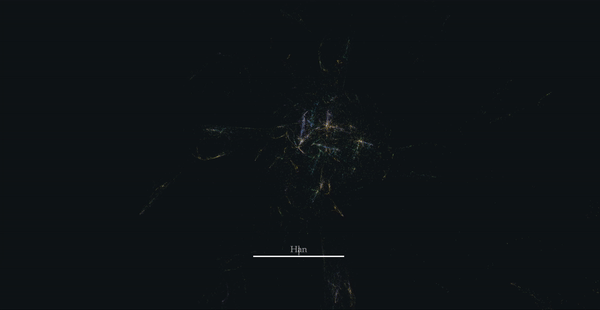WHAT HAPPENED WHEN WE DRINKED OVER THE DRUGS
.gif)
When we understand what happens when we take medicine, we are more likely to understand the importance of compliance.
Drugs are absorbed by our body and enter the bloodstream through several different ways, depending on how the drug is used:
The pill-shaped drug is absorbed through the lining of the stomach after swallowing, and begins to activate within minutes, although generally the new concentration reaches the highest level (peak) in the blood after an hour or two.
Drugs injected or inserted by way of direct infusion into the bloodstream work much faster, sometimes in a few seconds.
However, any medication taken in any way will reach a high level in the blood, then the level will begin to drop as the drug is described, generally when the blood is filtered by the liver or kidneys. The time it takes to reach this peak depends on the medicine, sometimes depending on the contents of the stomach (some drugs are absorbed faster or slower depending on the contents or empty abdomen). And obviously, everyone is different: some are absorbing or deciphering drugs faster, some are slower.
The drugs we use are always absorbed faster than our body can decipher them. So the highest concentration is achieved in a relatively short time, and then takes longer to get out of the body. Graph 1 illustrates the process.

Graph 1
As shown on the graph, there is a minimal level of effectiveness of the drug in the blood. If drug levels in the blood are below this level, the virus can still replicate, but drug-resistant virus is more likely to excel.
So, as long as we take the following doses before the blood drug level falls below that minimum level, the virus will remain in control, as shown in Graphs 2 and 3.

Graph 2

Graph 3
However, if we are late for a dose, the level of the drug in the blood may drop below that minimum level, and this gives the virus the chance to start replicating again. This is shown by Graph 4.

Graph 4
For most types of drugs and most people, the drug level will not go down below the effective level. So generally there is an allowance of one or two hours. But all kinds of drugs are different, and obviously everyone is different too; some are absorbing and / or decomposing the drug faster, some are slower. So we should reduce the risk by using the doses according to the schedule.
If we forget to use a dose, the risk is much higher. Graph 5 shows the impact of a single dose loss. Obviously there is a longer time for virus replication without being controlled by medication.

Graph 5
The impact of eating
The level of drugs in the blood can be affected by eating. Some drugs are more easily absorbed when there is food in the stomach, while others should be used without eating. For example, didanosine should be taken on an empty stomach, because the drug is destroyed by an acid made by the stomach when digesting food. When taken with eating, the level of drugs in the blood does not reach the level required to suppress the virus.
Linkages with side effects
If the level of drug in the blood exceeds a certain level, we will be more likely to experience side effects due to overdose. As discussed earlier, how quickly the drug is absorbed and described can be affected by the entrails. For example, efavirenz is absorbed more quickly when there is fat in the abdomen, and this can cause the amount of drug in the blood to become too high, with the consequences of side effects (hallucinations, obvious dreams) can be more disturbing. Therefore, it is recommended that efavirenz be used two hours after meals, preferably before bed.
Half-life
All drugs have different 'half-lives'. The mid-life period indicates how quickly the drug is broken down from the bloodstream - the faster, the shorter the parochia. The blue line in Graph 8 shows drugs with a short half-life (eg indinavir); this type of drug may need to be taken more often (indinavir should be taken every 8 hours). While the green line shows drugs with a long half-life (eg, efavirenz); drugs with long periods may be used once a day.
When we take drugs with short half-lives, the levels in the blood can go down sharply. This type of drug is considered to have a narrow 'therapeutic window'. So, for this type of drug, it is more important that we do not use it too late to avoid the risk of drug levels falling below the effective level.
Welcome to steemit family!
thks myfriend
😁 ★good post....; 😁
thks chanco hihihi
This comment has received a 0.07 % upvote from @speedvoter thanks to: @ssambalim.